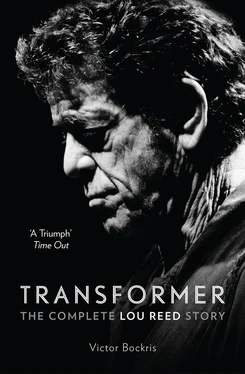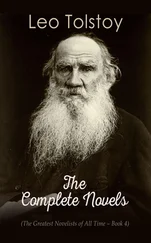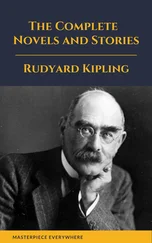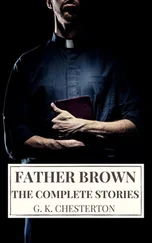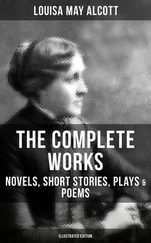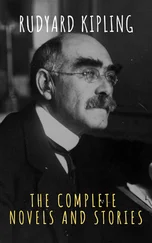The two underground artists, who took their work highly seriously, went along with Phillips as a kind of joke, claiming they did have a drummer so as not to jeopardize the opportunity to make some pocket money. The next day, along with their good friend Walter De Maria, who would soon emerge as one of the leading avant-garde sculptors in the world and was doing a little drumming on the side, they showed up at Pickwick studios as instructed.
Cale, Conrad, and De Maria were highly amused by the bogus setup at Pickwick. To them, the Pickwick executives in polyester suits, who suspiciously pressed contracts into their hands, were hilarious caricatures of rock moguls. On close inspection, as Conrad recalled, the contracts stipulated that they would sign away the rights to everything they did for the rest of their lives in exchange for nothing. After brushing aside this attempt to extract an allegiance more closely resembling indentured servitude than business management, Conrad, Cale, and De Maria were introduced to Lou Reed. He assured them that it would take no time at all to learn their parts to “The Ostrich” since all the guitar strings were tuned to a single note. This information left John Cale and Tony Conrad openmouthed in astonishment since that was exactly what they had been doing at La Monte Young’s rigorous eight-hours-a-day rehearsals. They realized Lou had some kind of innate musical genius that even the salesmen at the studio had picked up on. Tony got the impression that “Lou had a close relationship with these people at Pickwick because they recognized that he was a very gifted person. He impressed everybody as having some particularly assertive personal quality.”
Cale, Conrad, and De Maria agreed to join “The Primitives” and play shows to promote the record on the East Coast. It was primarily a camp lark, but it would also give them a glimpse into the world of commercial rock and roll, in which they were not entirely uninterested.
And so it came about that in their first appearance together, Lou Reed and John Cale found themselves, without prior rehearsal, running onto the stage of some high school in Pennsylvania’s Lehigh Valley following a bellowed introduction: “And here they are from New York—The Primitives!” Confronting a barrage of screaming kids, the band launched into “The Ostrich.” At the end of the song the deejay screamed, rather portentously, “These guys have really got something. I hope it’s not catching!”
Far from being catching, “The Ostrich” died a quick death. After racing around the countryside in a station wagon for several weekends getting a taste of the reality of the rock life without roadies, the band packed it in. Terry Phillips and the Pickwick executives ruefully left off their dream of seeing “The Ostrich” sail into the hemisphere of the charts and returned to the dependable work of Jack Borgheimer.
The attempted breakout had its repercussions though, primarily in introducing Lou to John, who held the keys to a whole other musical universe. The fact was that Lou, like many creative people, had a low threshold for boredom and realized that Terry Phillips’s vision was too narrow to allow him to grow.
***
When Lou started to visit John Cale in his bohemian slum dwelling at 56 Ludlow Street in the deepest bowels of Manhattan’s Lower East Side, Reed knew nothing of La Monte Young, or his Theater of Eternal Music, and had little sense of the world he was entering. In keeping with the egocentric personalities he had been cultivating since his successes on the Syracuse University poetry, music, and bohemian scenes, Lou was out for his own ends and at first showed little interest in whatever it was that John was into. Instead, the rock-and-roller set about seducing the classicist.
Cale, for his part, was taken by Reed’s rock-and-roll persona and what little he had witnessed of his spontaneous composition of lyrics, but took a somewhat snooty view of Reed’s initial attempts to strike up a collaborative friendship. “He was trying to get a band together,” Cale said. “I didn’t want to hear his songs. They seemed sorry for themselves. He’d written ‘Heroin’ already, and ‘I’m Waiting for My Man,’ but they wouldn’t let him record it, they didn’t want to do anything with it. I wasn’t really interested—most of the music being written then was folk, and he played his songs with an acoustic guitar—so I didn’t really pay attention because I couldn’t give a shit about folk music. I hated Joan Baez and Dylan. Every song was a fucking question!”
Despite having been a musical prodigy and, before the age of twenty-five, studied with some of the greatest avant-garde composers of the century, by 1965 Cale felt his career was going nowhere. “I was going off into never-never land with classical notions of music,” he said, desperate for a new angle from which to approach music. The sentiment was shared by his family, putting additional pressure on him to get a job. Just like Lou’s mother, Mrs. Cale, a schoolteacher in a small Welsh mining village married to a miner, complained that John would never make a living as a musician and should become a doctor or a lawyer.
Like a bullterrier nipping at pants legs, Lou kept after John, feeling intuitively that the Welshman might provide a necessary catalyst for his music. Eventually, Lou got his way and Cale began to take Lou’s lyrics seriously. “He kept pushing them on me,” Cale recalled, “and finally I saw they weren’t the kind of words you’d get Joan Baez singing. They were very different, he was writing about things other people weren’t. These lyrics were very literate, very well expressed, they were tough.”
Once John grasped what Lou was doing—Method acting in song, as he saw it—he glimpsed the possibility of collaborating to create something vibrant and new. He figured that by combining Young’s theories and techniques with Lou’s lyrical abilities, he could blow himself out of the hole his rigid studies had dug him into. Lou also introduced John to a hallmark of rock-and-roll music—fun—and his youthful enthusiasm was infectious. “We got together and started playing my songs for fun,” Reed recalled. “It was like we were made for each other. He was from the other world of music and he fitted me perfectly. He would fit things he played right into my world, it was so natural.”
“What I saw in Lou’s musical concept was something akin to my own,” agreed Cale. “There was something more than just a rock side to him too. I recognized a tremendous literary quality about his songs which fascinated me—he had a very careful ear, he was very cautious with his words. I had no real knowledge of rock music at that time, so I focused on the literary aspect more.” Cale was so turned on by the connection he started weaning Reed away from Pickwick.
Cale immediately got to work with Reed on orchestrations for the songs. The two men labored over the pieces, each feeding off the fresh ideas of his counterpart. “Lou’s an excellent guitar player,” Cale said. “He’s nuts. It has more to do with the spirit of what he’s doing than playing. And he had this great facility with words, he could improvise songs, which was great. Lyrics and melodies. Take a chord change and just do it.” Cale was an equally exciting player. Unaware of any rock-and-roll models to emulate, he answered Reed’s sonic attacks with illogical, inverted bass lines or his searing electric viola, which sounded, he said, “like a jet engine!”
Meanwhile, as he got to know Lou, and Reed began to unwrap the elements of his legend, John discovered that they had something else in common, “namely,” Lou would deadpan, “dope.” Reed joked dismissively about their heroin use, commenting that when he and Cale first met, they started playing together “because it was safer than dealing dope,” which Reed was apparently still dabbling in. Whilst fully admitting his involvement with heroin, Lou always insisted, and friends tended to concur, that “I was never a heroin addict. I had a toe in that situation. Enough to see the tunnel, the vortex. That’s how I handled my problems. That’s how I grew up, how I did it, like a couple hundred thousand others. You had to be a gutter rat, seeking it out.”
Читать дальше
